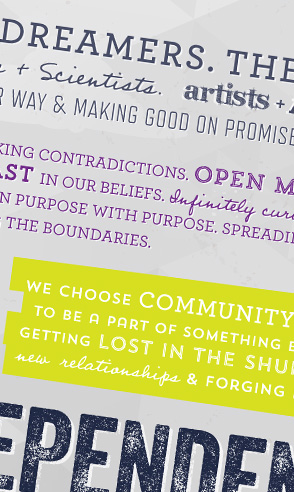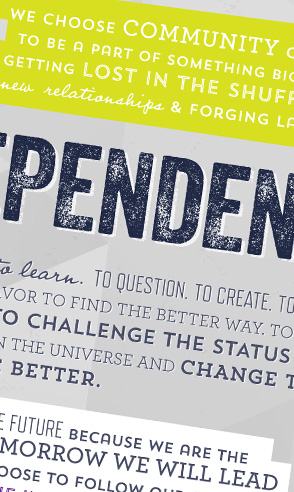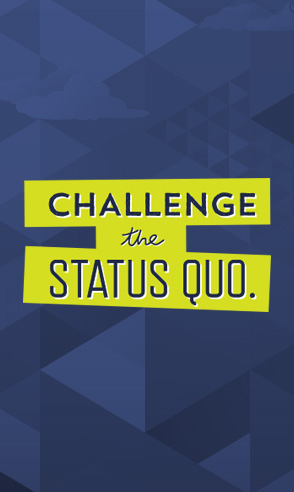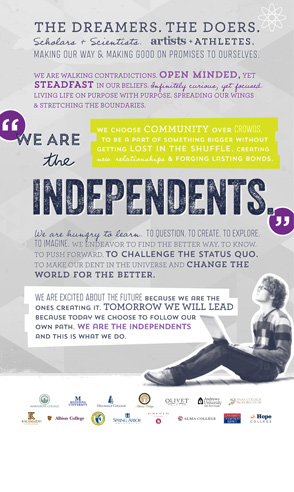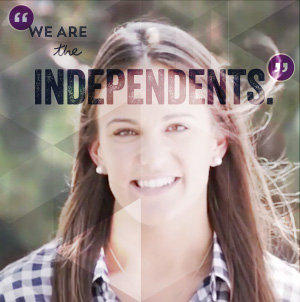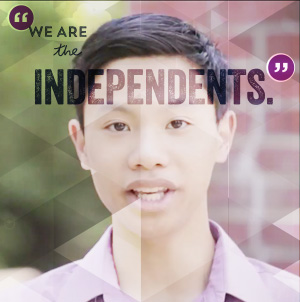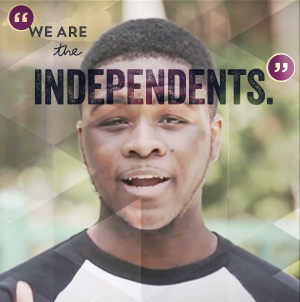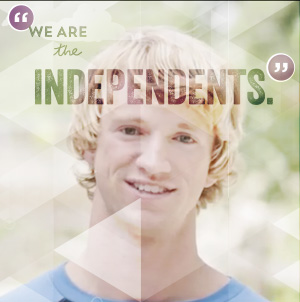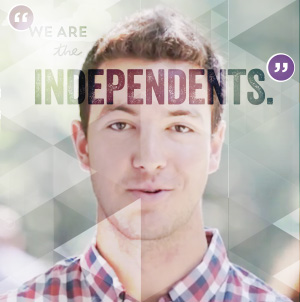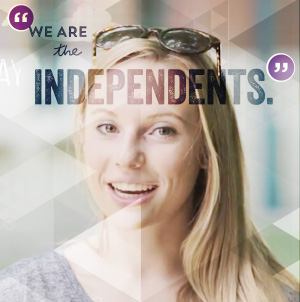Archive for April 2015
Sweet Science: Olivet College Prof is Chocolate Guru
When researchers in Ghana announced a new way to make chocolate more nutritious, the media knew just who to call: Olivet College’s famed Doc Choc.
You heard that correctly.
Patrick Fields has been a biology professor at the school since 1998. He’s a master botanist, a serious student of sand (more on that later) and renowned expert in paleoecology and paleogeography — the types of plants and terrain that were around when dinosaurs roamed the earth.
He’s known in pop culture, though, as the go-to authority of all things chocolate.
Regularly quoted on TV and magazines about chocolate, Fields has more than just a sweet tooth. He meticulously studies variations of the Theobroma cocoa — the small evergreen known as the cocoa tree whose seeds are used to make chocolate.
“There’s complexity on all levels: its chemistry, people’s response to it, the complexity of all the kinds offered,” Doc Choc says in one of several talks about chocolate.
It’s an interest he traces to his childhood in Palo Alto, California, where loved Hershey’s and See’s Candies. During that time, he also fell in love with sand. Yes, the kind that gets in between your toes at the beach. He’s an avid arenophile – a sand collector – searching the world for samples of ancient and modern sand and trades it with other collectors.
The affection isn’t limited to scholarship — although he has served as president of the Michigan Botanical Foundation and on the board of the Doty Native Wildflower Association.
Fields also writes poems about chocolate and sand.
That’s the sort of passion that thrives at Olivet and other Michigan independent colleges and universities. Their faculty don’t just know subjects. They live it and love it. And they cherish sharing it with students.
Awesome faculty is just part of what makes Michigan’s top 15 independent colleges and universities unique. They’re smaller and emphasize community over crowds. Often less expensive than public institutions, the independents boast higher four-year graduation rates and smaller class sizes for a truly unique and affordable experience.
Be bold. Be different. Go independent.
Sufjan Stevens: From Hope College to the Big Stage
Lovers of Christmas unicorns and “Come on Feel the Illinoise” rejoice! Indie music darling Sufjan Stevens is returning to the Great Lakes State with shows in at Detroit’s Masonic Temple on April 27 and Calvin College’s Covenant Fine Arts Center Auditorium on April 28.
It’s a hot ticket because the Hope College graduate is a favorite of hipsters, who zealously follow the eclectic, colorfully costumed performer who once planned to write an album about every state in the union.
A singer-songwriter and multi-instrumentalist, Stevens was born in Detroit, raised in Petoskey and attended Hope College in the mid-1990s on a writing scholarship.
“I went there because I met all the professors in the writing program and thought, ‘This is incredible,’” Stevens told Magnet Magazine.
Professors of the Holland school allowed him to experiment and grow. For one class, he created a newspaper called “Pain and Promise Weekly,” where he used photos and poetry to analyze a semester’s worth of studies, remembered Hope English Professor Stephen Hemenway.
Stevens wrote and took photos for Hope’s student newspaper, The Anchor, publishing a now – perhaps regrettable? – rant against student fashion.
“Isn’t it time to rebel against mass-produced trends of Converse All-Stars and Jamaican peasant woman knit sweaters?” he implored his fellow students.
His Hope years were burst of creativity and productivity. He won numerous poetry, literature and writing awards. The one-time oboe enthusiast also experimented with music, forming Marzuki, a rolk/rock outfit named after his brother.
“My friend Matt found a spare set of keys for the entire campus, so we were always sneaking into various rooms to just make up music,” he told Magnet. “We were just goofing around at first, but it evolved into a band.”
In his last semester before graduating in 1998, Stevens recorded the album that would launch his career: the critically acclaimed “A Sun Came.”
It’s a career that’s fiercely followed its own beat, a trait no doubt forged by a small college that encouraged him to find his own muse.
It’s an attribute cultivated at Michigan’s top 15 independent colleges and universities. Purposefully small, the schools are home to free thinkers whose ideas are allowed to blossom in ways that aren’t always possible at big institutions.
Often less expensive than public institutions, the independents boast higher four-year graduation rates and smaller class sizes for a truly unique and affordable experience.
Be bold. Be different. Go independent.
Siena Heights brings superheroes to the classroom
It’s the first day of class. Your professors walk in. Pretty normal so far, right?
Except they’re wearing superhero costumes. And they’re talking about comic books as art.
Welcome to “Comix and the Graphic Novel,” one of the most popular classes last semester at Siena Heights University. Part creative writing and part art and design, the academic mash-up emphasizes collaboration and creativity. And oh yeah: Tons of fun. Because students don’t just study writing and art. They make their own graphic novels.
“Originally, the idea was for it to be a literature course, I thought making it a creative writing and art workshop would be really exciting for students,” said Alexander Weinstein, an assistant professor of English.
One problem: He can’t draw. So he recruited Erin Zerbe, an assistant professor of photography and digital media. The two teach the class together — appearing the first day as superheroes the Mad Scientist and zerbeTRON — and emphasize both creative writing and art in a fashion that Weinstein says is “really breaking a lot of boundaries.”
Not surprisingly, it was a hit with students who filled up the class immediately.
“This is by far my favorite because it combines all the things from different classes into one,” said student Alex Hamilton. “It doesn’t matter if you’re really bad at drawing. I can do stick figures and that’s considered a comic. That’s what I love about this class.”
Doing things differently is hardly new for either professor or Siena Heights. Weinstein is an accomplished writer who founded the prestigious Martha’s Vineyard Institute of Creative Writing. Zerbe is a new media artist whose multi-media work “explores the body and its relationship to fatness, sexuality and body policing.”
The class is proudly unorthodox, and so are Siena Heights and Michigan’s top 15 independent colleges and universities. The schools aren’t afraid to mix things up and take untraditional approaches if they’re the best way to reach students. Just last year, Siena Heights based an entire chemistry class around cooking and food.
The colleges firmly believe that just because things have always been done a certain way, it doesn’t make it the best way. It’s one of many differences at Michigan independents. The schools are small enough to experiment and chart their own path. They emphasize community over crowds.
Often less expensive than public institutions, the independents boast higher four-year graduation rates and smaller class sizes for a truly unique and affordable experience.
Be bold. Be different. Go independent.
Forget the Jello shots: For many independents, spring break is about doing good
Spring break is here! It’s time to ditch the books, forget your troubles and party down. And by “party down,” we mean serve others and maybe build some sustainable homes.
It’s true. Forget what you’ve heard. For many nowadays, spring break looks a lot more like this than this
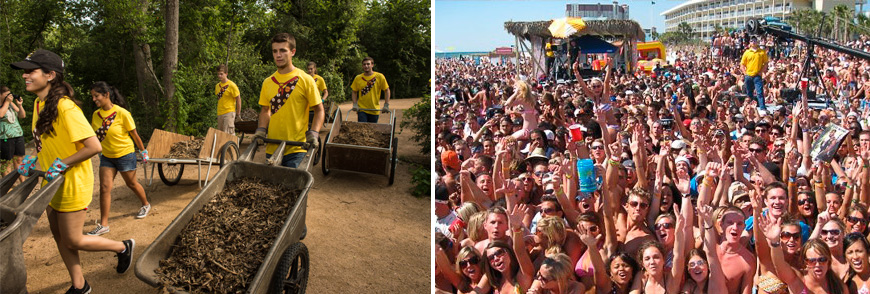
Sure, sun and the tropics have their appeal. But others are following their own muse. They’re going off the beaten path. Instead of making messes, they’re making the world a little better with Alternative Spring Breaks.
The programs increasingly are popular at Michigan’s top 15 independent colleges and universities, where unconventional ideas are cherished and cultivated. Some programs are sponsored by groups. Some trips travel abroad. Others work in inner-cities. All strive to do a little more than see who can drink the most Jello shots.
At Hope College, students in the Engineering without Borders Program spent spring break working on a sustainable water program in Kenya.
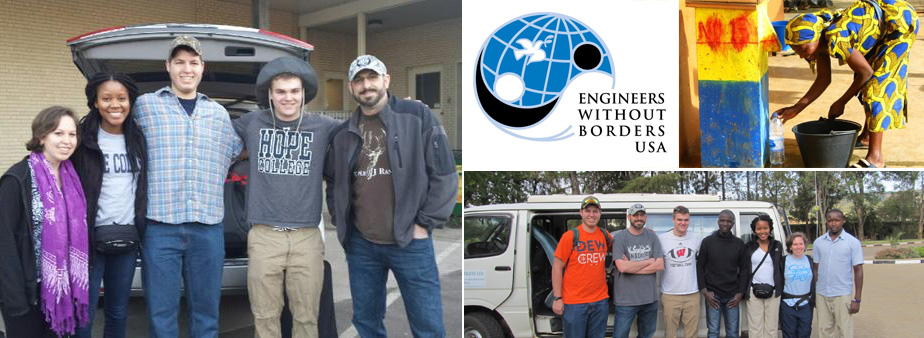
At Madonna University, senior Shannon Dusute helped lead efforts to feed the homeless and HIV/AIDS patients in Baltimore with United Way, Break a Difference and Food and Friends.
“You could tell they were very grateful,” Dusute says. “You don’t know if that’s their only income of food.”
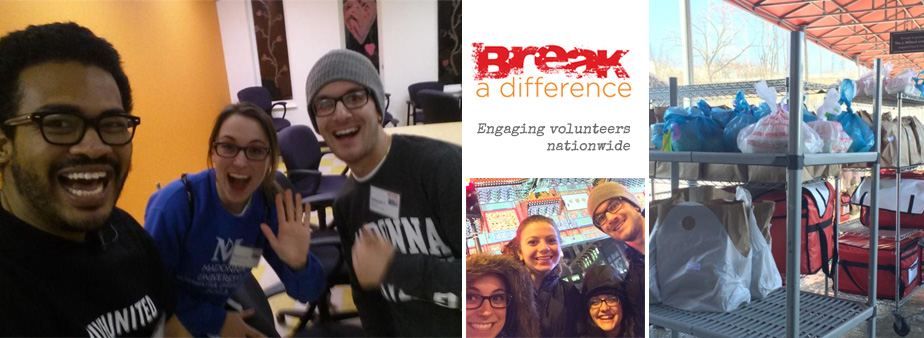
Other efforts are closer to home. Spring Arbor University in March worked at shelters in nearby Jackson. Marygrove University students tutored elementary students in Detroit and worked at a shelter, while Hillsdale College students stayed near campus last year to volunteer at the Salvation Army, play with pre-schoolers, shovel roofs and serve as reading tutors.
“While many college students head out to some warm beach to party for their spring break, these students are giving up that opportunity to … serve our town each day,” an organizer said. “How cool is that?”
There’s a lot of awesome to go around. Albion College students this year are working at a Jewish farm. Siena Heights University students last year went to New Orleans to paint houses, plant gardens and help with the ongoing rebuilding effort after Hurricane Katrina. Olivet College students traveled to Perryville, Ark., to volunteer at the Heifer International Ranch that provides livestock to developing countries worldwide.
The opportunities are growing as well. Alma College offers several programs throughout the year. For spring break alone, students could volunteer in Selma, Ala., work on immigration issues in El Paso, Texas, build wheelchair ramps in Tennessee or pitch in at the St. Vincent National Wildlife Refuge in Florida or Mammoth Cave National Park in Kentucky.

The University of Detroit-Mercy offers a similar number of what it calls “immersion trips” that allowed students to demonstrate the “physical” and “spiritual works of mercy.” Past trips have included volunteering in Washington, D.C., Arizona, West Virginia, Chicago and Detroit.
The trips are one of many differences at Michigan’s top 15 independent colleges and universities. They’re smaller and emphasize community over crowds. Often less expensive than public institutions, the independents boast higher four-year graduation rates and smaller class sizes for a truly unique and affordable experience.
Be bold. Be different. Go independent.


